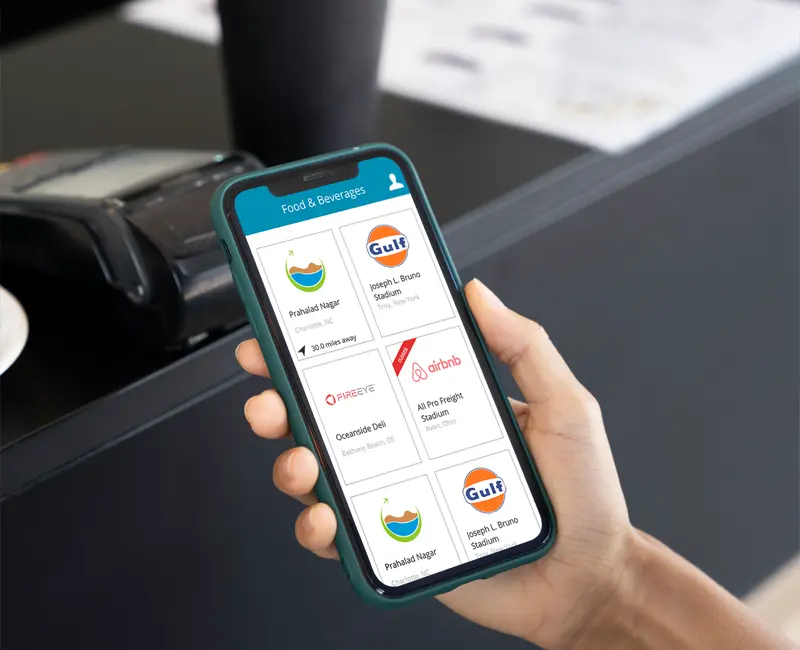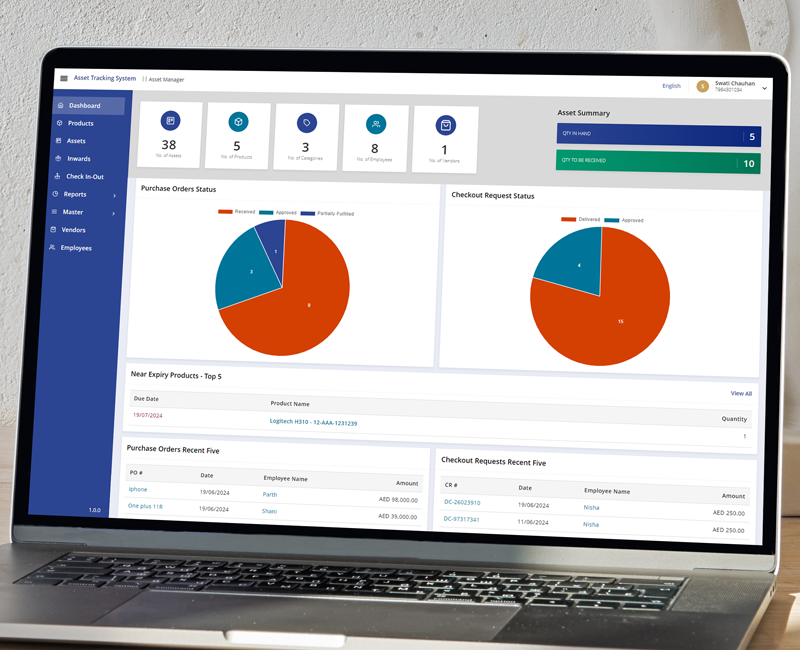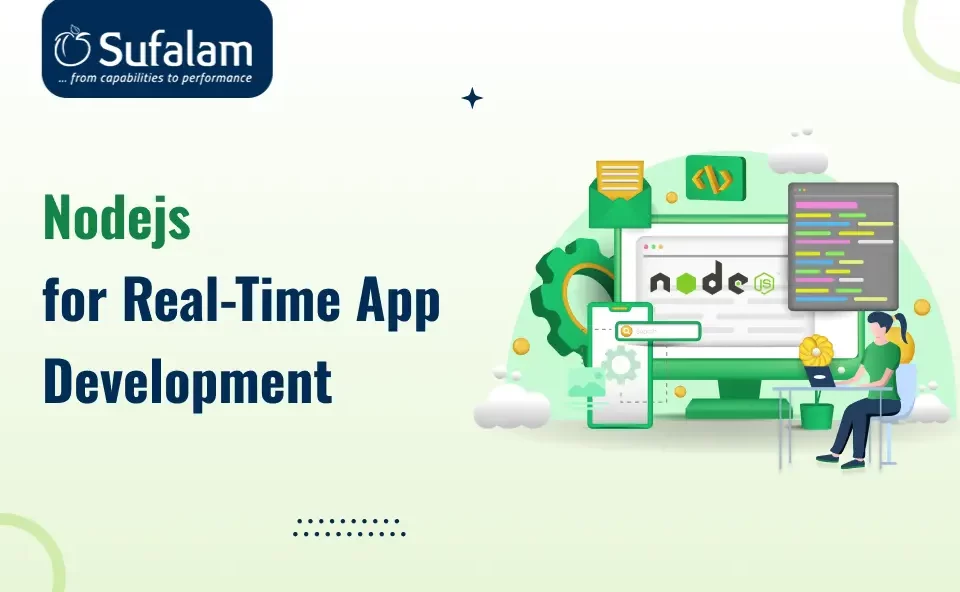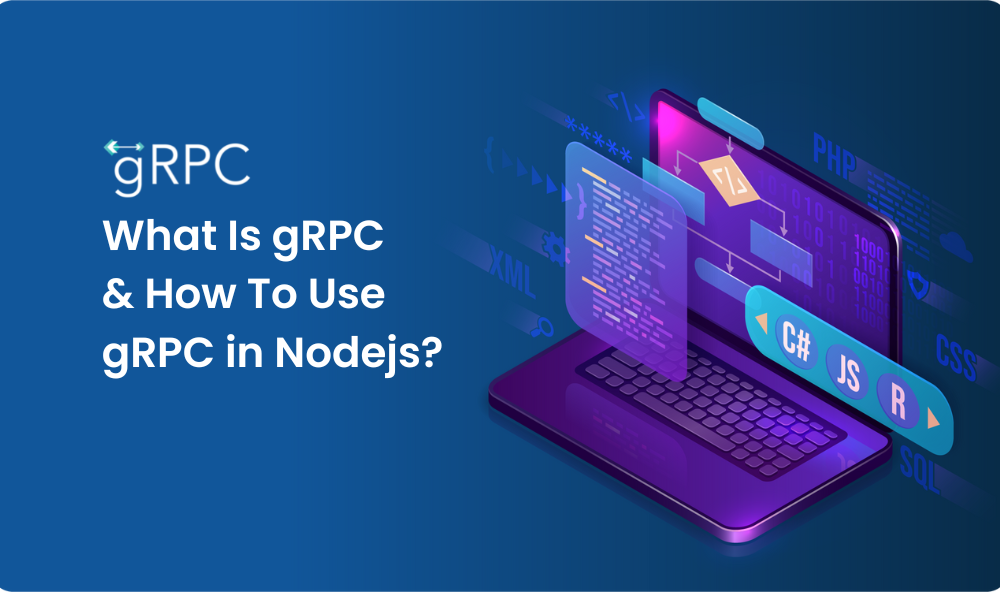
gRPC is a modern, high-performance RPC framework that allows you to define remote services using Protocol Buffers, which is a language-agnostic binary serialization format.
Node.js is a popular choice for building network applications due to its event-driven, non-blocking I/O model, which makes it highly scalable and efficient.
When using gRPC with Node.js, you can use the gRPC Nodejs library, which provides a set of high-level APIs for defining and implementing gRPC services.
The gRPC Node.js library uses the Node.js streams API to provide seamless integration between gRPC and Node.js.
In this tutorial, we will cover the basics of using gRPC with Node.js and other things around to give you a comprehensive idea of using gRPC and its Node Js integration.
By the end of this tutorial, you will have a good understanding of how to use gRPC with Node.js to build efficient and scalable network applications.
Let’s get started!
What is gRPC?
gRPC is an open-source remote procedure call platform developed by Google. It uses Protocol Buffers as the interface definition language (IDL) and allows the creation of high-performance, scalable, and efficient client-server communication systems.
gRPC is built on top of HTTP/2, a binary, multiplexed, and highly efficient protocol that enables multiple requests to be sent over a single connection.
What is a Remote Procedure Call (RPC)?
A remote procedure call is a mechanism that allows one program to ask for a service from a different program on a separate network without needing to be aware of the specifics of that network.
What is a gRPC Protocol Buffer?
gRPC Protocol Buffer transforms information into binary formats and sends it over the network. When contrasted with XML or JSON, it is quite lightweight.
Google’s gRPC Protocol buffer is a tool that aids in serializing structured information. It enables production coding in platforms or technologies such as Node, Java, Python, Objective-C, and Dart, as well as GO, C++, Kotlin, PHP, and Ruby.
It’s simply a protocol to fetch or post data like REST. gRPC works with the service. Service is just a method that can be called remotely with parameters and return types.

How to implement gRPC in Node.js?
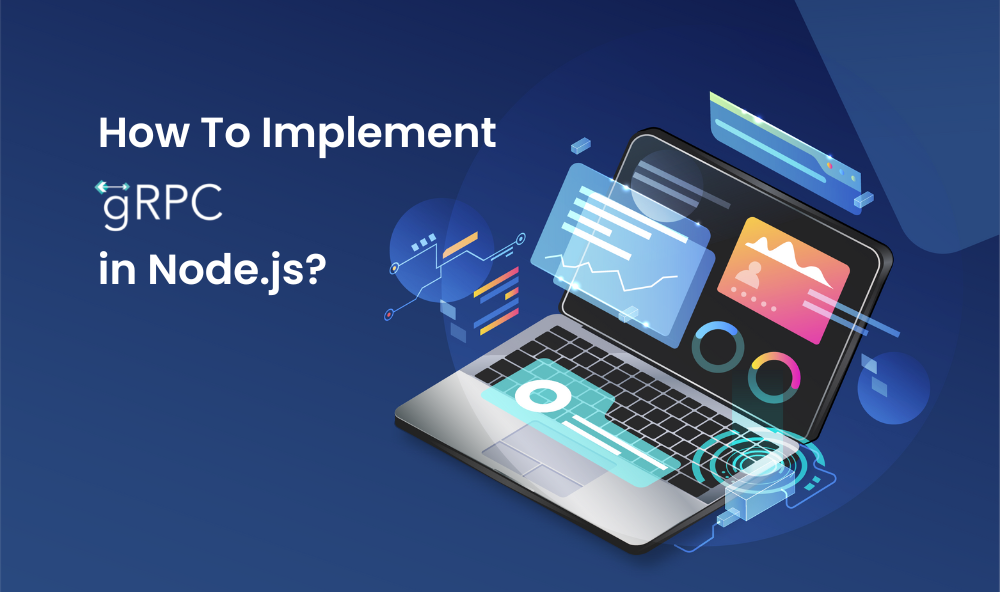
Check out the following easy steps for implementing gRPC in scalable tech Nodejs –
- Let’s create one todo sample app using gRPC in nodejs.
- Create a folder `mkdir node-grpc.`
- Go to the folder `cd node-grpc.`
- Create node project `npm init -y’
- Install the below dependency
- `npm i grpc uuid –save.`
- Create a file `touch todo.proto`, which is a gRPC protocol buffer of the data.
In a proto file, there is an entity, request, and response object.
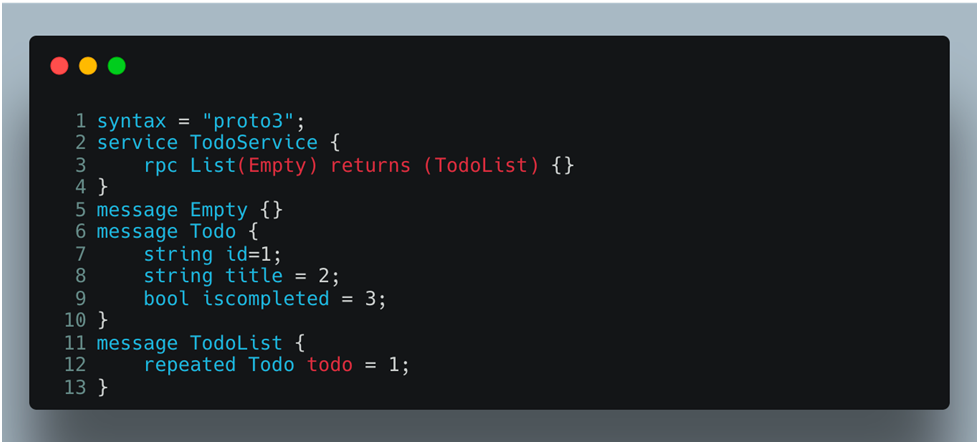
- Here `Message Empty { }` is a Request Object
- `TodoList` is the response object
Now, Create a file `touch server.js` where request will be handled
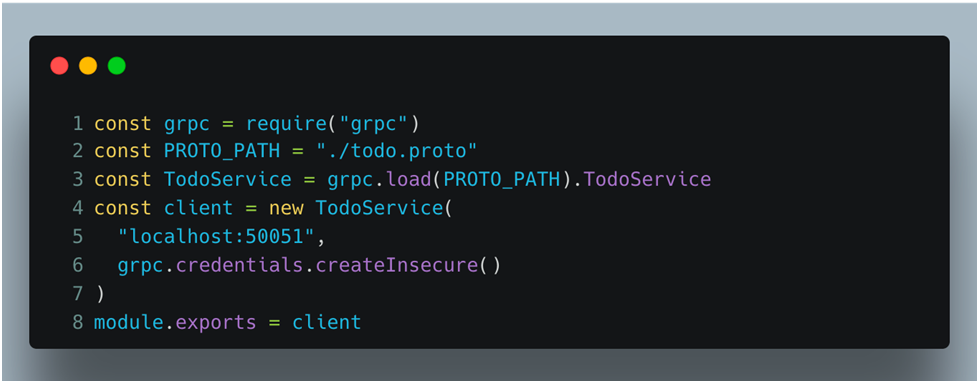
- Using `node server.js` you can start the server.
Now, we need to add the service as follow :

Create a file from where we will send a request `touch client.js`
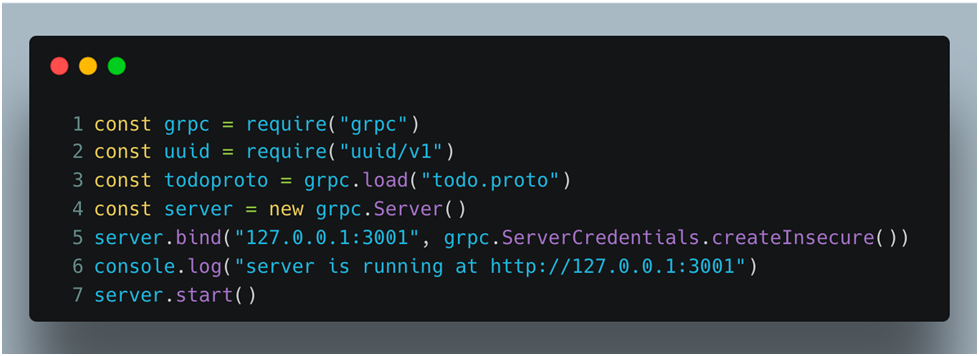
To make a call from a client, you need to import the file in the actual file which calls the service. create a file called `touch get_todos.js `which calls the service using the client.
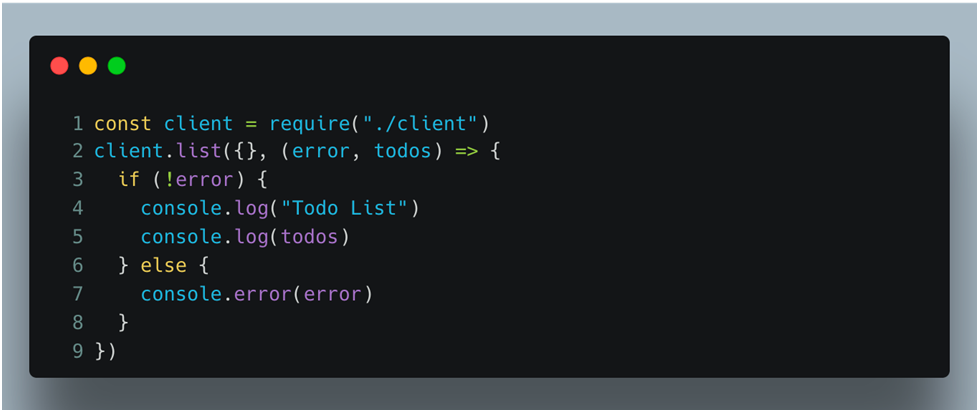
To test the List API. you need to Run the server and client as follow in different terminals :
`node server.js`
`node get_todos.js`
Output :
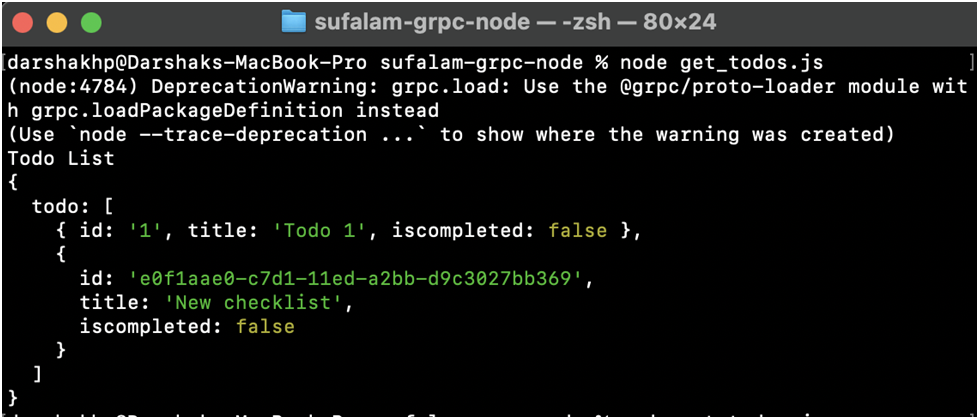
The same way you can create the Insert, Update and delete services in .proto file and can call the from client file to server file.
Thus, gRPC is mainly used to communicate between microservices. In the above example you can see that both the different environments are invoking calls with each other using gRPC architecture. gRPC also supports many other features such as authentication, bidirectional streaming, flow control, bindings, cancellation, and timeouts.
The advantages of implementing gRPC in Nodejs!
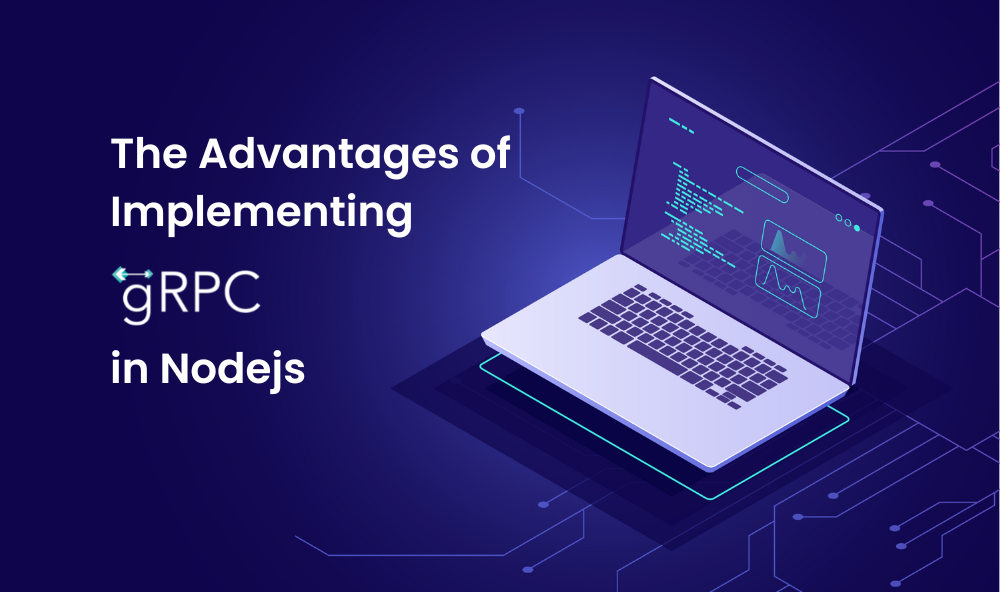
Check out some of the best advantages of implementing gPRPC in Nodejs –
- Better performance
gRPC is a high-performance RPC framework that uses Protocol Buffers for efficient serialization of structured data. When used with Node.js, gRPC can deliver high-performance and low-latency communication between services. - Works with varied technologies
gRPC uses Protocol Buffers as a language-agnostic data format, which means that the nodejs development company can use it with multiple programming languages. This makes it easy to build distributed systems using different programming languages. - Seamless development
gRPC provides a simple and efficient way to define remote services and APIs using Protocol Buffers. This can save a lot of development time and effort compared to building custom RPC mechanisms. - Highly flexible
Node.js is known for its scalability and efficient use of resources. When combined with gRPC, it can handle large numbers of concurrent connections and requests, making it ideal for building scalable and high-performance distributed systems. - Easy Integration
Nodejs developers can easily integrate gRPC with other technologies such as Kubernetes, Istio, and Envoy. This makes it easier to deploy and manage distributed systems built using gRPC and Node.js.
Best practices for implementing gRPC in Nodejs!
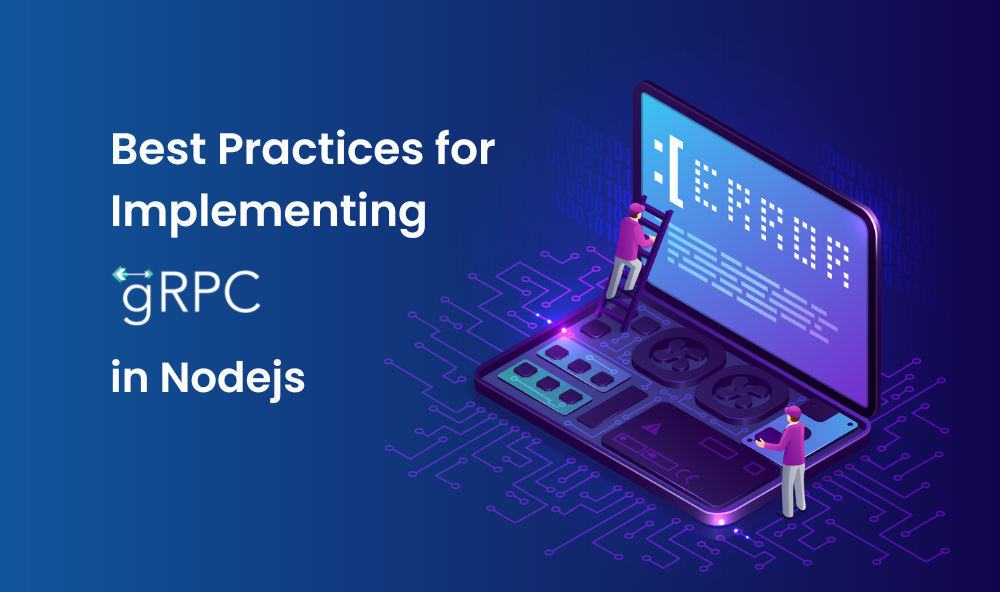
- Use gRPC Protocol Buffers
Protocol Buffers is a language-agnostic data serialization format used by gRPC. They are designed to be fast, efficient, and extensible. The nodejs development company must go for Protocol Buffers to define your service and message structures. - Opt for the official gRPC Nodejs package
The official gRPC package for Node.js is the most reliable and up-to-date implementation. It also includes a suite of tools for generating client and server code from your Protocol Buffers definitions. - Use streaming
gRPC supports both unary and streaming RPCs. Streaming RPCs can be more efficient for large data transfers or long-running operations. Consider using streaming when appropriate. - Go for TLS
Use TLS to encrypt your traffic and verify the identity of your clients and servers. Even by default, gRPC uses TLS for secure communication. - Middleware is another good option
The Nodejs developers should use middleware to add functionality such as authentication, rate limiting, and error handling to your gRPC service. - Use load balancing
Nodejs developers should consider using a load balancer to distribute traffic across multiple instances of your gRPC server. This can improve reliability and scalability. - Monitoring and logging
Use monitoring and logging to track the performance and behavior of your gRPC service. This can help you identify issues and improve the quality of your service.
To conclude
In conclusion, implementing gRPC using Node.js is a powerful way to build high-performance distributed systems. Node.js provides a robust set of libraries and tools for building network applications, and the gRPC Nodejs library seamlessly integrates with the Node.js streams API.
In this blog, we covered the basics of using gRPC with Node.js, including defining and implementing gRPC services, using Protocol Buffers to define message types, and handling errors and exceptions in gRPC applications.
By following the steps outlined in this tutorial, you can start building efficient and scalable network applications using gRPC and Node.js.
If you are still confused and are looking for expert advice for the implementation, reach out to the leading Nodejs development company –Sufalam technology. We understand your requirements to offer solutions accordingly.




